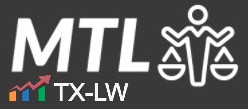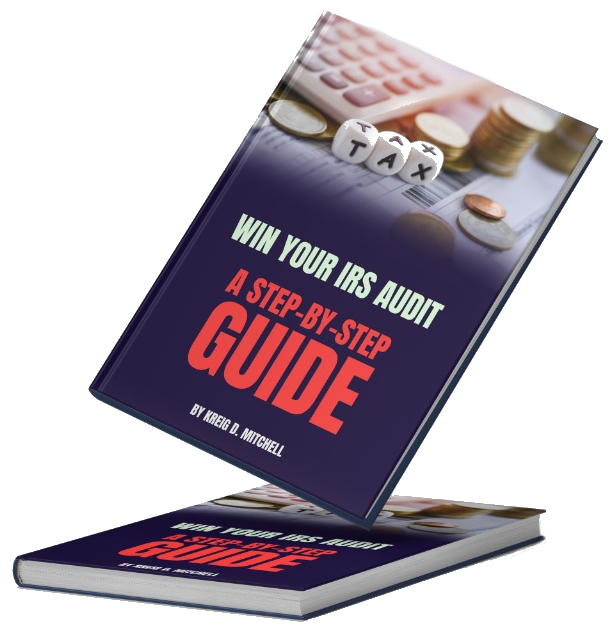Investment funds are often structured as limited partnerships. These partnerships allow professional managers to pool investor funds while maintaining operational flexibility.
These structures typically have a general partner (“GP”) who manages day-to-day operations. Limited partners (“LP”) provide the capital and earn passive returns. The active manager and passive investor roles have different tax implications.
Self-employment tax treatment of the LPs has resulted in a number of disputes between taxpayers and the IRS. The tax code generally excludes LP income from self-employment taxes. However, the boundaries of this exclusion remain contentious when LPs take active roles in partnership operations.
The recent tax court decision in Soroban Capital Partners LP v. Commissioner, T.C. Memo. 2025-52, gets into this issue. The case addresses whether a state law LP designation shield partnership income from self-employment taxes.
Contents
- 1 Facts & Procedural History
- 2 Self-Employment Tax & the Limited Partner Exception
- 3 The Challenge of Defining LP Status
- 4 The Courts Apply Functional Analysis to LPs
- 5 The Role the Partners Played in Generating Income
- 6 The Time Did the Partners Devote to the Business
- 7 The Partners’ Capital Contributions
- 8 The Takeaway
- 9 Watch Our Free On-Demand Webinar
Facts & Procedural History
The taxpayer is a Delaware limited partnership. It provided investment management services to various funds in 2016 and 2017.
The partnership structure included a GP entity with three LPs. The LPs were two single-member limited liability companies and one individual.
There were three individuals controlling these entities. One served as managing partner and chief investment officer. Another worked as comanaging partner. The third served as head of trading and risk management. Together, they managed investment funds generating approximately $247 million in fees during the years in question.
The partnership allocated substantial ordinary income to its partners. The three principals received the vast majority. For 2016 and 2017 combined, the managing partner received over $80 million. The comanaging partner received over $52 million. The head of trading received nearly $9 million.
WThe partnership characterized only the guaranteed payments to LPs as subject to self-employment taxes. It excluded their much larger distributive shares.
The IIRS audited the tax returns and challenged this treatment. The IRS recharacterized the LPs’ distributive shares as self-employment income. This increased the partnership’s reported net earnings from self-employment by over $77 million for 2016 and over $63 million for 2017. The partnership petitioned the U.S. Tax Court to challenge these adjustments.
Self-Employment Tax & the Limited Partner Exception
The self-employment tax system imposes Social Security and Medicare taxes on individuals who work for themselves. Section 1401 of the tax code imposes this tax on every individual’s self-employment income. Section 1402(b) defines this as “net earnings from self-employment.”
The calculation of net earnings from self-employment generally includes an individual’s distributive share of partnership income when that person is a member of a partnership carrying on a trade or business. In theory, this broad inclusion requires active business participants to contribute to Social Security and Medicare regardless of their business structure.
Congress carved out a specific exception for passive investors in partnerships. Section 1402(a)(13) excludes certain income from self-employment tax. The exclusion covers “the distributive share of any item of income or loss of a limited partner, as such, other than guaranteed payments.” This exclusion recognizes that LPs typically function as passive investors rather than active business participants.
The Challenge of Defining LP Status
The LP exception creates immediate interpretive challenges. The tax code does not define what constitutes a “limited partner, as such.” State partnership laws vary in their treatment of LPs. Business entities can easily adopt labels that may not reflect economic reality.
The phrase “as such” in Section 1402(a)(13) provides a key interpretive clue. Courts have recognized that this language requires more than simply holding a LP interest under state law. Instead, the exception applies only when the partner functions as a LP in substance.
Early court decisions established that federal tax law controls the determination of partnership status for tax purposes. State law classifications do not govern. The Supreme Court’s decision in Commissioner v. Tower emphasized that tax consequences should follow economic reality rather than legal formalities.
The Courts Apply Functional Analysis to LPs
The courts have developed a functional analysis test to determine whether partners qualify as LPs for self-employment tax purposes. The approach examines the totality of circumstances surrounding each partner’s relationship with the partnership. The focus is supposed to be on economic substance rather than legal labels.
The functional analysis considers multiple factors that indicate whether a partner operates more like an active business participant than a passive investor. For example, courts examine the partner’s role in generating partnership income, they look at involvement in management decisions, they look at the time devoted to partnership activities matters, and they also consider the capital contributions relative to income distributions for this analysis.
The Tax Court’s decision in Renkemeyer, Campbell & Weaver, LLP v. Commissioner is the seminal case on point. We have covered this case and cases that build in it previously. These cases stand for the idea that partners must be “generally akin to passive investors” to qualify for the limited partner exception. This standard requires examining whether the partner’s economic relationship with the partnership resembles that of a traditional LP who contributes capital and receives returns without active involvement in business operations.
The Role the Partners Played in Generating Income
The tax court’s analysis in this case considered the principals’ activities. According to the court, they functioned as active business participants rather than passive LPs. The court examined five key areas that demonstrated the principals’ active involvement in generating partnership income and managing business operations.
The partners played essential roles in generating the taxpayer’s income from investment management fees. The managing partner had final authority over all investment decisions. The comanaging partner shared responsibility for portfolio management and research. The head of trading executed trading decisions and managed risk oversight. Their expertise and daily involvement directly contributed to the partnership’s ability to earn substantial management fees from client funds.
The court found that the partners exercised significant management control over business operations. All three served on multiple committees that governed brokerage activities, trade allocation, valuation, and general management decisions. They maintained hiring and firing authority over other employees. They could bind the partnership through various agreements and contracts.
The Time Did the Partners Devote to the Business
The time commitment analysis for the principals’ involvement was also considered by the court. They court noted that they devoted full-time efforts to the partnership’s business.
The taxpayer itself estimated that each principal worked 2,300 to 2,500 hours annually. Partnership documents represented to investors that the principals devoted 100% of their time to managing the business and its client funds. This level of involvement far exceeded what would be expected from passive LPs.
The partnership’s marketing materials further undermined any claim to passive LP status. The business actively promoted the principals’ unique skills and experience to attract investor capital. Marketing documents emphasized their professional backgrounds and described the principals’ essential roles in investment success. The materials warned that the departure of key principals could trigger investor withdrawal rights.
The Partners’ Capital Contributions
The court’s examination of capital contributions provided additional evidence that the principals’ income represented compensation for services rather than returns on investment.
Only the managing partner contributed any capital to the partnership. His contributions totaled approximately $4.4 million over several years. The other two partners contributed no capital yet received substantial distributive shares based entirely on their active participation in the business.
Even the managing partner’s capital contributions were disproportionately small compared to his income distributions. He contributed roughly $4 million but received over $80 million in distributive shares during the two years in question. This dramatic disproportion indicated that his income stemmed from his services as an active business participant rather than returns on his capital investment.
Given these factors, the court concluded that the LPs did not qualify for the LP exception. The court sustained the IRS’s audit determination.
The Takeaway
This decision confirms that the business structures may not protect against self-employment tax. When individuals function as active business participants generating partnership income through their personal efforts and expertise, formal titles or state law classifications may not help. Investment management firms and other service businesses using partnership structures should evaluate whether their principals truly function as passive LPs or active business participants. Partners who work full-time, exercise management authority, and receive distributions disproportionate to capital contributions will likely face self-employment tax obligations on their partnership income if audited by the IRS.
Watch Our Free On-Demand Webinar
In 40 minutes, we'll teach you how to survive an IRS audit.
We'll explain how the IRS conducts audits and how to manage and close the audit.



